For cities to be sustainable, they should avoid the environmental impacts over far away ecosystems and deteriorate human rights to obtain resources.
Every human activity generates environmental impacts, such as in the case of urban settlements. Conventionally, the urban environmental impacts that are more worrisome are those that are the result of the city itself, such as urban solid wastes and water contamination. These wastes are the remains of urban metabolism, and society does not know what to do with them. However, what is usually forgotten is that the most significant environmental problem are indirectly about cities: they are linked to the importation of goods that the city needs to function, such as the exploitation of natural resources, industrial processes, and global transport networks that depend on fossil fuels.
Both kinds of urban environmental impact sources, goods import and waste generation, result from the urban linear metabolism based on an infinite natural resource consumption. However, natural resources are finite, and one day, they will be depleted. For example, the availability of copper and zinc has an expiry date.
Urban’s linear metabolism impacts are usually unknown by citizens, especially the impacts linked to the import of goods, with substantial global and local impacts. This essay highlights the local impacts of mining projects on the environment and indigenous communities.
Urban metabolism
The undoubted cause of the increase in socio-environmental conflicts in extraction, transportation, and waste disposal is the increase in social metabolism. This social metabolism is particularly important in cities as they consume the most significant global resources (Musango, Currie, & Robinson, 2017).
From an ecological point of view, The Planet is an open system in terms of the solar energy it receives, and it is a closed system in terms of materials (4). Urban metabolism refers to the flows of energy and materials that cities demand to function, resources that are not produced by cities; they are extracted from Nature.
Even though urban areas account for approximately 0.4-0.9% of the global surface area, they contribute to around three-quarters of worldwide final energy consumption and carbon dioxide emissions (Marvuglia et al., 2020). On average, urban areas utilize around 70-75% of total natural resources (Tan et al., 2021), and the predicted growth in population is linked with increased resource usage.
Thus, cities have become mainly responsible for the extraction of materials. Some of these resources are used to obtain energy, and others are used to manufacture products. According to Martínez Allier (2000), these resources could be characterized as non-inexhaustible from a time-human scale; for example, solar energy is derived from wind, and its availability does not depend on how they are used nowadays. Secondly, renewable resources are potentially exhaustible, which sets intergenerational issues because of the exploitation intensity and ecosystem degradation. Finally, there are nonrenewable resources from a human time scale, such as fossil fuels, earth minerals, and metal ores.
Cities need vast amounts of resources such as metal ores, which causes intense pressure on countries with abundant resources. It means, for example, that just in Latin America, extraction increased four times between 1970 and 2008, and exports increased in a similar proportion (Martínez Alier & Walter 2015).
However, this story does not end here. After the extraction of mining resources, they are used for the industrial production of computers, cell phones, and construction materials, among others, products thrown into the urban landfills after the end of their useful life cycle. Here, the other side of the problem comes into play: waste is not valued from the perspective of the linear economy and is treated as trash when, in reality, it is an extremely valuable resource.
Recent research indicates that if the current exploitation model continues, the deposits of mineral raw materials (copper, zinc, etc.) will be depleted in about 50 years. The definition of resource availability for a potential mining project concerns economic viability. If the exploitation system is too expensive, it is considered that the resource is no longer available for extraction. Moreover, that is when we talk about the depletion of resources; although they are basically found underground, we cannot dispose of them.
Political ecology of extractivism
Nature plays a double role as a resource supplier and recipient of waste. During the last decades, the natural supplier of resources has been located in developing countries, suffering the environmental impacts and resource depletion caused by extractives to supply raw materials to industrialized countries. In other words, developing countries have become the receivers of industrialized societies’ metabolism.
Considering that Political Ecology is interested in explaining how political power affects socio-environmental conflicts, it is argued that it focuses on the parallel study of social metabolism and distributive ecological conflicts. As a result, Political Ecology allows us to reveal the terms of trade, the physical deficit existing in the international trade of undeveloped countries, and the associated environmental liabilities (Martínez Alier, 2013).
The result of this unequal trade is that mining’s economic profit does not include the environmental costs that a territory will suffer, nor the socioeconomic costs of the residents who live in the territories where extractives take place, especially in developing countries such as Latin America. The effects of contaminating rivers, soils, and groundwater generate serious problems for fauna, flora, and human beings. These environmental and social costs are not internalized in the manufactured products we consume, but this does not imply that they do not exist.
One case representative of resource exploitation impact is the mining projects developed by the enterprises Petaquilla Gold and Minera Panamá, located in the Republic of Panama, 124 km east of Panama City. Both mining projects are inserted in a protected area of the Mesoamerican Biological Corridor, a habitat of endemic species.
The enterprise Minera Panamá (MPSA), owned by the Canadian company First Quantum Minerals, has settled in the Donoso District, Colón Province in Panama, to exploit open-pit copper in an area of near 12,000 hectares. This project not only has an enormous impact on biodiversity, but the company has not accomplished the commitment of investing 11 million dollars in improving the management of neighboring protected areas, as the Environmental Impact Assessment indicated, for strengthening the connectivity of the Biological Corridor.
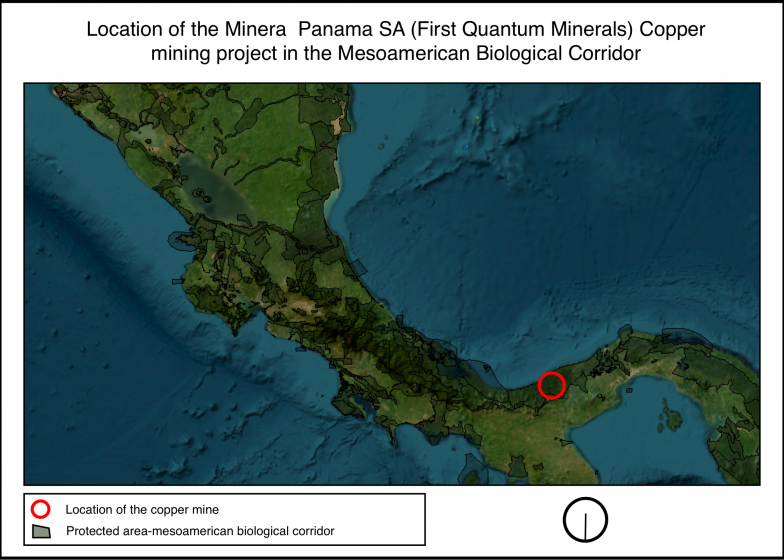
Moreover, regarding the impacts on water resources, one of Panama’s Ministry of Environment reports reviewed by CIAM (a non-governmental organization dedicated to conservation), highlights that the project discharges process waste into natural water bodies without permission from the ministry. This is causing negative impacts on the natural ecosystems and human populations adjacent to and dependent on the water bodies subject to the discharges through the contribution of possible dangerous contaminants such as heavy metals, among others. The report adds that discharges from wastewater treatment plants in the mine and port areas do not comply with current legislation (CIAM, 2021).
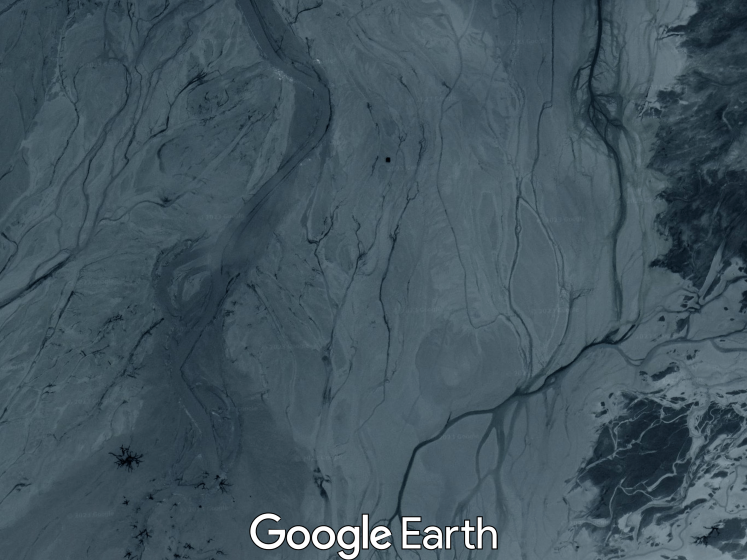
On the other hand, a valuable clamor is also expressed by the surrounding communities’ residents regarding the company’s expropriation of their lands (Defensoría del Pueblo, 2022). One of the communities most affected by mining activity claims to be victims of abuse at the hands of a subsidiary of the Canadian company Inmet Mining Corporation and its local partner, Minera Panamá. On November 6, 2010, members of affected communities warned that they were being expelled from their lands and that they were victims of abuse.
Panama’s situation is only one example of the extraction issues from Canadian mining enterprises working in different countries in Latin America. Indeed, the presence of Canadian mining enterprises in Latin America has strongly increased in the last decades. Most Canadian mining experiences evidence of a development model that causes enormous negative impacts on human rights without the local population’s participation and prior and informed consultation in search of consent when required. The results are the disruption of the social fabric, forced displacement of populations, and disrespect for the protection of natural spaces and territories owned by peasants or indigenous people (Grupo de trabajo sobre minería y derechos humanos en América Latina, 2014).
Besides, many of these projects generate serious environmental impacts, which at the same time impact biodiversity. Of particular concern are the violations of the rights of communities and their members as a result of mining activity related to the cases in this study. Violations of the right to life and integrity, the right to health, and property have been documented (Justice & Corporate Accountability Project, 2023).
These rights violations and disrespect for environmental conservation by Canadian companies in Latin America are possible because of the weak environmental laws, and the weak institutional exigencies of the law accomplishment in the hosting countries. For example, in Panama, the Canadian enterprise Minera Panama had an irregular contract that by 2017, the Panama Supreme Court declared unconstitutional and recently was demanded again a new contract signed in October 2023. And by 28 November the Supreme Court declared that the contract violated 25 articles of Panama’s Constitution, including the violation of the right to live in a healthy environment. After this last ruling, the company started to terminate their activities.
While Canada works to ensure that mining in Canada and Canadian mining abroad meet environmental, social, and governance objectives (Government of Canada, 2023), the federal government also plays a role through research and innovation at CanmetMINING. Research at CanmetMINING helps mining become more sustainable. However, these green mining technologies are not applied in Canadian enterprise extractive projects in Latin America. Instead, it has documented several health issues in people living around mines in Latin America, such as respiratory diseases, plumeria, anemia, kidney failure, neurological diseases, and cancer (Grupo de trabajo sobre minería y derechos humanos en América Latina, 2014).
All these local environmental and social damages and the global environmental impacts linked to global networks of transport dependent on fossil fuels are not reflected in exported resources prices nor in the products retailed. These damages are part of a system of unpaid costs, where externalities are not considered as “market failures” but as regrettable “successes” in transferring costs to future generations, to other species, and to the poor people of our generation (Kapp, 1950). In these environmental and social damages, it should include human health.
Therefore, halting extractive projects benefits the affected region and a less unsustainable and more ecological society and cities. Environmental justice can contribute to increased environmental sustainability. For example, by stopping the mining project in the Central America biodiversity corridor in Panama, it is protecting biodiversity while reducing Co2 emissions linked to copper transport.
Sustainability and urban mining
The pattern of resource exploitation and waste disposal does not seem justifiable if we consider the concept of sustainable development. This concept was first coined in the Brundland report of the United Nations in 1987, understanding sustainable development as that which meets the needs of the present without compromising the needs of future generations. The Brundland report also indicates that sustainable development does not only imply growth. “It requires a change in the content of growth so that its consumption of materials and energy is less and its effects are more equitable”. These concepts have been used since the 1980s, and recently, they have been called circular economy, an economic system based on obtaining resources from recycling and reusing waste.
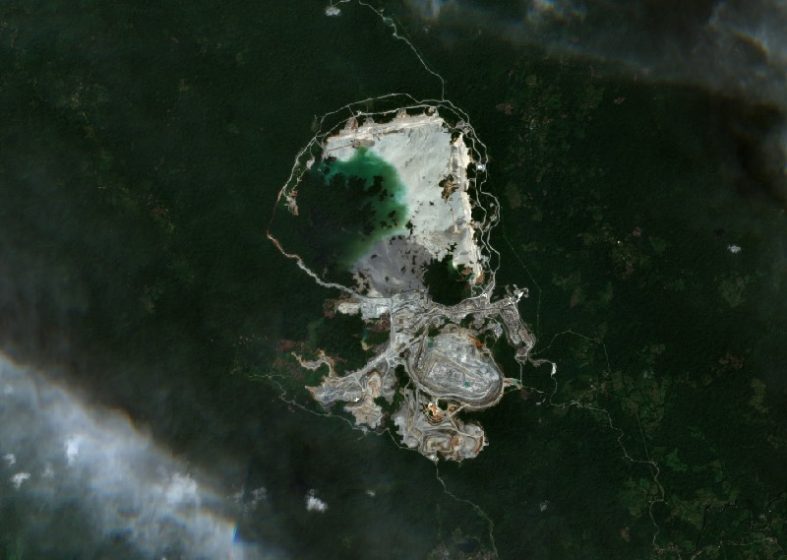
However, sustainability is not only concerned about extractive resources with local impacts; it also has to do with reducing our dependence on fossil fuels responsible for climate change sustainability at multiple scale; that is, a global environmental impact. This sustainable goal is also known as the energy transition. Recent studies indicate that Between 2022–2050, the energy transition could require the production of 6.5 billion tonnes of end-use materials, 95% of which would be steel, copper, and aluminum, and will require much smaller quantities of critical minerals/materials such as lithium and cobalt (Energy Transitions Commission, 2023). It is becoming a problematic dichotomy to invest in transition energy and fight climate change but increasing pressure on countries rich in the minerals that the energy transition needs. However, recycling could be a key solution.
Unfortunately, because industrial economies traditionally are not circular, metal ore has been recycled but at a low rate, at most 30 to 50 percent in the case of copper and aluminum, the energy transition.
Copper is one of the few materials that can be recycled several times without losing functionality (International Copper Association, 2022). Copper recycling is also a very eco-friendly method of returning a valuable resource to the market; it uses less energy than initial production and minimizes CO2 emissions. On the other hand, nearly 70% of global copper production is utilized for electrical/conductivity applications and communications, and 20% is used in construction. Therefore, cities around the world have a massive stock of copper, which contains a variety of end uses and is equivalent to approximately 33 years of mine output. These urban metal ore resources are known as “urban mines” (International Copper Association, 2022). Aside from its environmental advantages, the complex copper waste products found in urban mines, such as electronic waste, promote the recovery of many other metals, including gold, silver, nickel, and zinc.
Furthermore, the rapid fall in natural ore grades and the ongoing expansion of urban reserves imply that higher recycling is the optimum action. Cities with a high population density have greater options for recycling optimization since they create a huge amount of waste each year (Li, et al., 2022).
Nevertheless, cobalt is a different case; its supply shortage appears inevitable during 2028-2033 despite the advances in cobalt-free batteries and recycling (Zeng et al, 2022). This means that cobalt extractive projects still have to go on. In this case, the mining projects need to entirely apply new green technology and knowledge in mining that guarantees respect for human and environmental rights.
Despite the cobalt situation, for cities to be sustainable they should avoid the environmental impacts over far away ecosystems and deteriorate human rights to obtain resources. Urban mining, recycling, and self-sufficient strategies are mandatory for this goal.
Graciela Arosemena
Panama City
References
Ciam (2021) Informes Del Ministerio De Ambiente Revelan Nuevamente Graves Incumplimientos De Minera Panamá – Ciam Panamá. https://ciampanama.org/2022/04/22/minera-panama-sigue-incumpliendo/ Reviewed September 2023.
International Copper Association (2022) Copper recycling. Copper Alliance. https://copperalliance.org/resource/copper-recycling/ Reviewed September 2023.
Defensoría Del Pueblo (2022) Dirección Nacional de Protección de los Derechos Humanos Consideraciones Ante el Nuevo Contrato de Concesión Entre el Estado y la Empresa Minera Panamá.
Energy Transitions Commission (2023) Material And Resource Requirements For The Energy Transition.
Government of Canada (2023) Responsible Mining. https://natural-resources.canada.ca/our-natural-resources/minerals-mining/responsible-mining/25103 Reviewed October 2023.
Grupo De Trabajo Sobre Minería Y Derechos Humanos En América Latina (2014) El Impacto De La Minería Canadiense En América Latina Y La Responsabilidad De Canadá Informe Presentado A La Comisión Interamericana De Derechos Humanos.
Justice & Corporate Accountability Project (2023) Canada’s Systematic Failure to Fulfill its International Obligations to Human and Environmental Rights Defenders Abroad. Submission to the UPR Working Group of the United Nations Human Rights Council In anticipation of the 2023 Universal Periodic Review (UPR) of Canada April 4, 2023.
Li, D. Eheliyagoda, Y. Geng, et al. (2022) Examining The Influence Of Copper Recycling On Prospective Resource Supply And Carbon Emission Reduction, Fundamental Research.
Kapp, K.W (1950) The Social Cost of Private Enterprise. Oikos-Tau, Barcelona.
Martínez Alier, J (2015) Ecología política del extractivismo y justicia socio-ambiental. Interdisciplina 3, no 7:57-73.
Martínez Allier, J; Roca, J (2013) Economía Ecológica y Política Ambiental. Fondo de Cultura Económica
Marvuglia, A., Havinga, L., Heidrich, O., Fonseca, J., Gaitani, N., and Reckien, D. (2020). Advances and challenges in assessing urban sustainability: an advanced bibliometric review. Renew. Sust. Energ. Rev. 124:109788.
Musango, J.K., Currie, P. & Robinson, B. (2017) Urban Metabolism For Resource Efficient Cities: From Theory To Implementation. Paris: Un Environment.
Pérez Rincón, M (2006) Colombian international trade from a physical perspective: towards an ecological “prebisch thesis”.» Ecological Economics 59, nº 4 (2006): 519-529.
Tan, L. M., Arbabi, H., Tingley, D. D., Brockway, P. E., and Mayfield, M. (2021). Mapping resource effectiveness across urban systems. Urban Sustain. 1:20.
Working Group on Mining and Human Rights in Latin America (2013) The impact of Canadian Mining in Latin America and Canada’s Responsibility.
Zeng, A., Chen, W., Rasmussen, K.D. et al. Battery technology and recycling alone will not save the electric mobility transition from future cobalt shortages. Nat Commun 13, 1341 (2022).


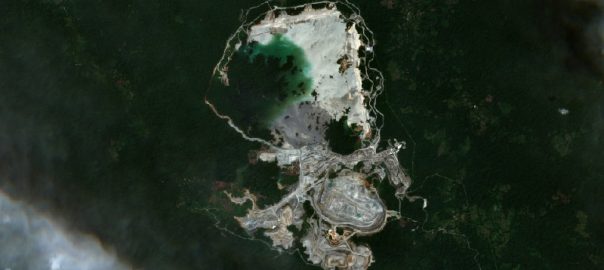
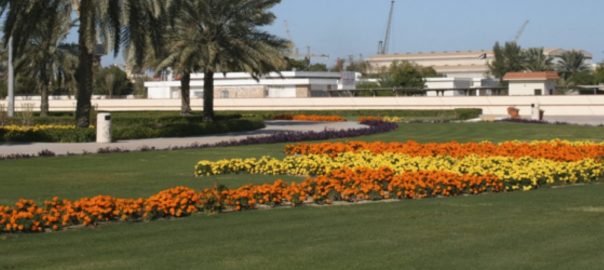
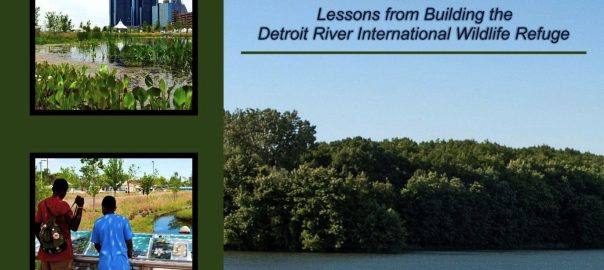
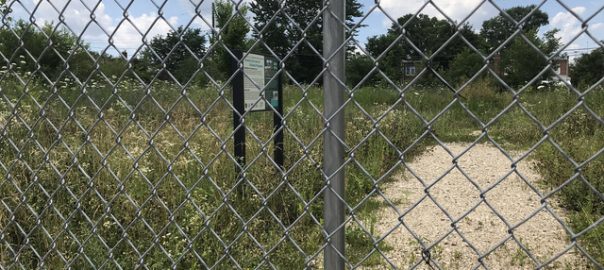
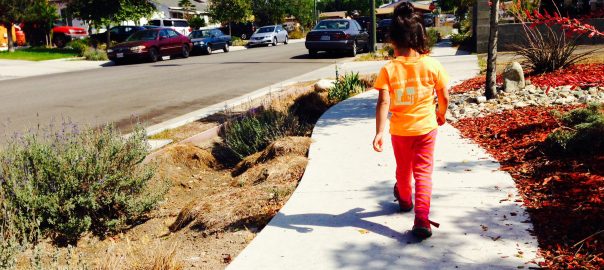
Leave a Reply